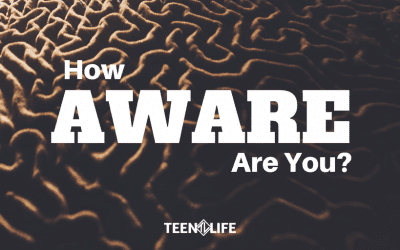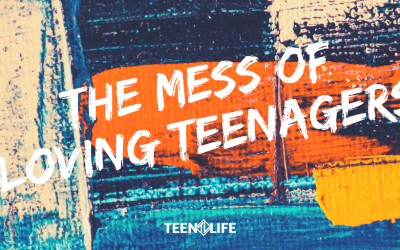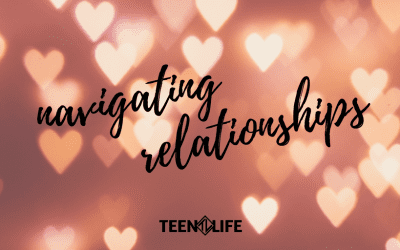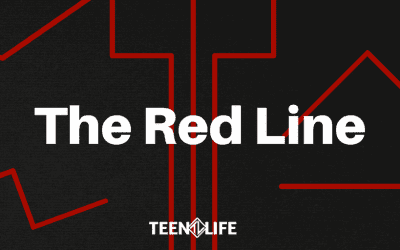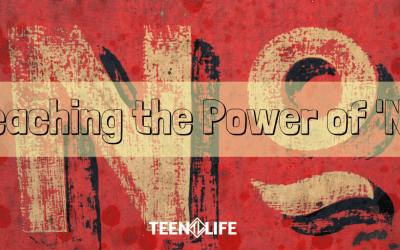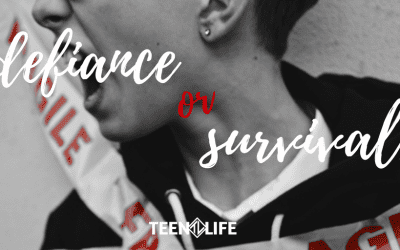Recently my husband and I were watching Brain Games on Netflix. The episode we were watching was called “Focus Pocus”, and it was about attention. It gave several tests for viewers such as counting the number of passes in a scene and watching a pickpocket in action before selecting him out of a lineup. Despite considering myself someone who pays attention to details and despite knowing I was playing a brain game, I was amazed at all the things I missed. It led me to contemplate what am I missing in other people, and even what am I missing in myself.
Parenting Articles and Episodes
Parenting teenagers can be tough, but you are not alone! Connection is key to creating an atmosphere of trust and belonging in your home. We’ll help you keep a pulse on the latest tips and trends in teen culture to help you understand and connect with the teens in your house.
We keep you bussin’.
Subscribe to the newsletter so you always know what the terms your teen is saying actually mean. We’ll make sure you’re up-to-date on the latest in teen culture, terms, and tech.
